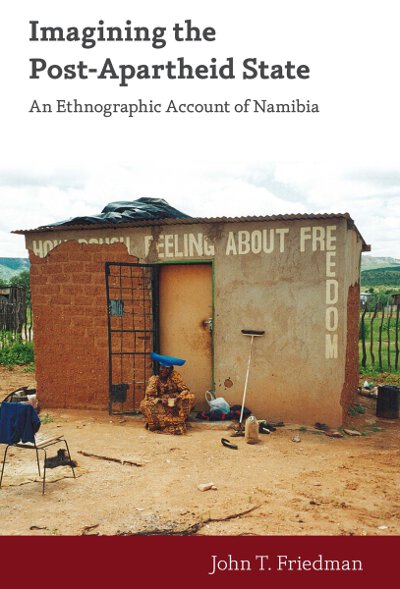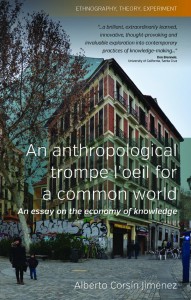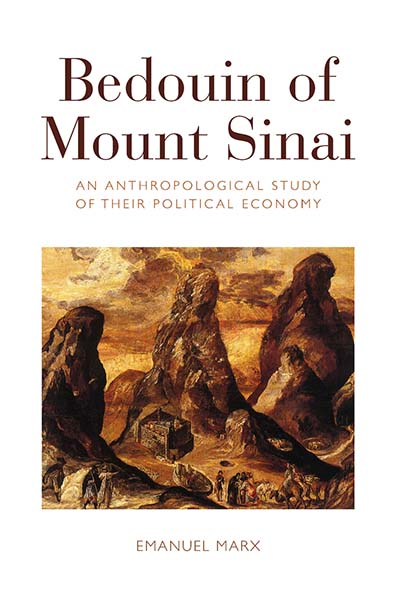In 1990, Namibia gained its independence as a democratic state from the South African apartheid regime. Author John T. Friedman reflects on what this realistically meant and currently means for the making of a Namibian state in Imagining the Post-Apartheid State: An Ethnographic Account of Namibia, the paperback version of which was published last month after the original was published July 2011. Below the author explains his ethnographic method in an excerpt from the Introduction.
___________________________________

At first reading, the title of this book is likely to arouse some scepticism. How is it possible for an anthropologist to present an ethnographic account of Namibia, of an entire country? As anthropologists we are accustomed to investigate the localised, the small-scale, the village community. We are specifists, not generalists. The critic will thus be quick to suggest that any such attempt can yield only two possible outcomes: either a generalised account of ‘the Namibian people’, or a superficial survey of Namibia’s ethnic groups.
Continue reading “The New Namibia: Building a Nation after Apartheid”


 lists:
lists: Soon after the Israeli forces occupied Sinai in 1967 the peninsula was inundated with many kinds of tourists and journalists. I avidly listened to their glowing accounts of the Bedouin of Sinai. Yet for several years I hesitated to visit Sinai. I wavered between fear and hope that I would be tempted to study the Bedouin, and again experience the intellectual and emotional tumult of my earlier study of the Negev Bedouin.
Soon after the Israeli forces occupied Sinai in 1967 the peninsula was inundated with many kinds of tourists and journalists. I avidly listened to their glowing accounts of the Bedouin of Sinai. Yet for several years I hesitated to visit Sinai. I wavered between fear and hope that I would be tempted to study the Bedouin, and again experience the intellectual and emotional tumult of my earlier study of the Negev Bedouin.
 Post-Cosmopolitan Cities: Explorations of Urban Coexistence
Post-Cosmopolitan Cities: Explorations of Urban Coexistence